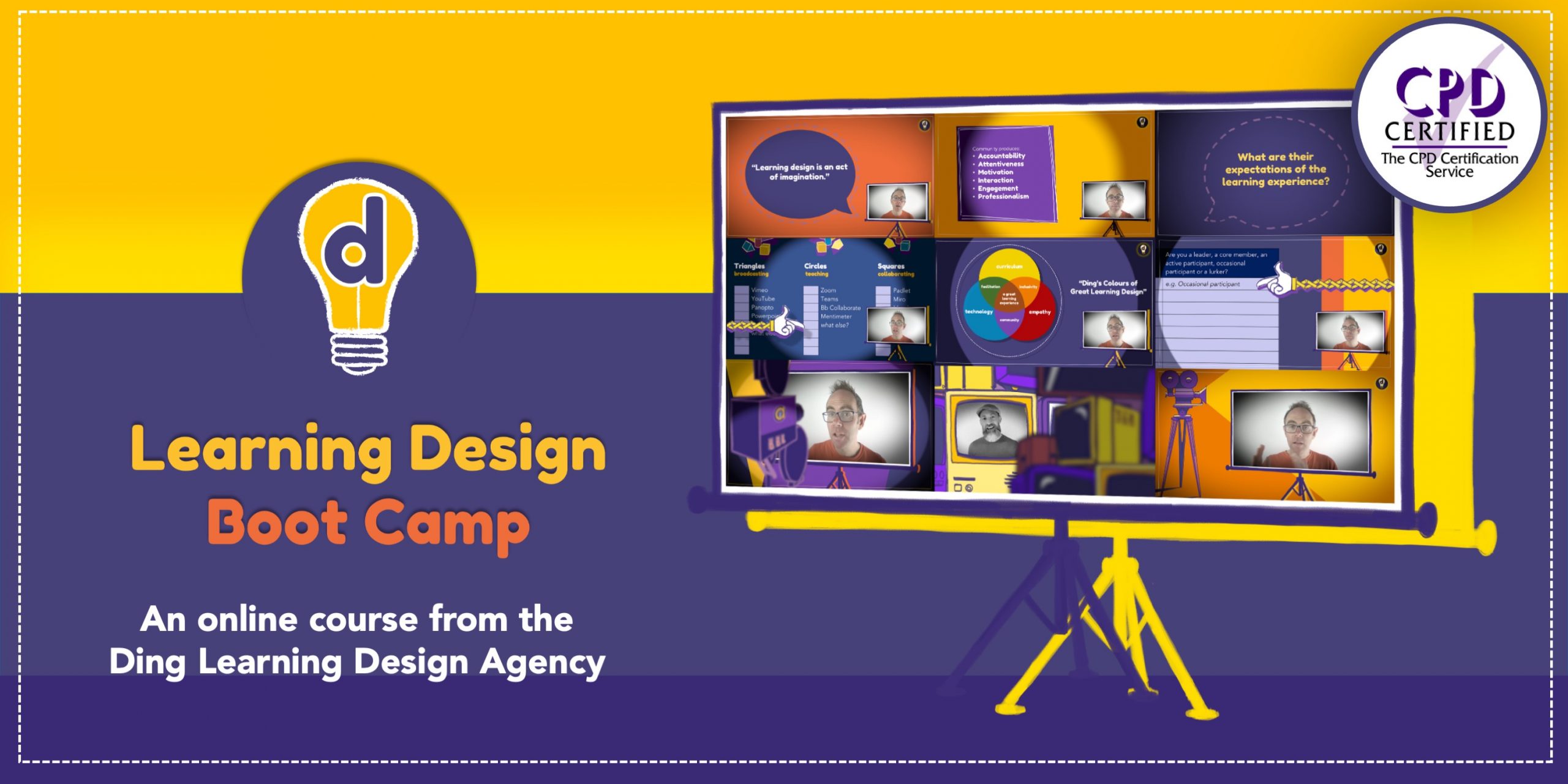Designing, building and sustaining a learning community is a big task, and there are several common worries. But successfully harnessing the dynamics of community can bring huge benefits in a programme of learning.
You might be thinking, ‘this sounds like a lot of work’. Just as importantly, if you’re designing a community around a learning programme that someone else is going to lead, they will probably have many questions and concerns about the dynamics of running a community.
So in this lesson, I’m going to summarise nine common worries that people often have about setting up and running a community. For each worry, I’ll provide advice you can give to a teacher or facilitator to reduce their concerns.
1. “I’m worrying about my ability to control discussions online”
We’re all familiar with the dangers of internet trolls, and the problems caused by people behaving inappropriately online. But a big cause of these problems is anonymity and the lack of accountability that results. To counter this problem, ensure all learners are required to use their names, not avatars or aliases. As part of induction activities, provide workshops on giving constructive online feedback. Make sure you set and communicate your expectations regarding acceptable behaviour. Talk openly with your learners about what is, and is not, acceptable. Provide real examples to help them understand the specific context of your course community. And clearly aligned the purpose of your community with your course learning outcomes, specifically with any outcomes relating to professionalism and employability.
2. “I’m not completely comfortable giving over so much control to the learners”
Some teachers worry about giving power to learners. This often comes from a fear of losing some of their status as the ‘all-knowing teacher’. But leading a learning community requires a shift in how you perceive your role – a shift from teacher to facilitator. You still need to retain overall control, but your blended learning community can help your students learn how to take more responsibility for their learning, which in turn develops their confidence and their professionalism.
3. “If students can see each other’s work all the time, what’s to stop them plagiarising each other?”
The transparent nature of publishing work online makes it pointless to plagiarise, as everyone can trace the source of an idea. By asking your learners to regularly upload their work in progress, it is easy to see how an idea or a concept evolves. If that evidence trail isn’t there, you can see a student has used an idea that isn’t of their own making.
4. “I’m worried about having to be ‘on’ all the time, teaching 24/7”
The key to making your community sustainable is to make it part of your teaching. Scheduling regular time in your calendar to engage with students in the community means you are giving them valuable formative feedback while also enabling them to learn flexibly. You can make the work of running a community manageable by setting clear boundaries – with yourself and your learners. While a learning community needs a heartbeat of regular activity, that doesn’t mean you always have to pump the blood yourself. Schedule time in your week to dedicate to the community. And deputise my role as community leader by bringing in Teaching Assistants, colleagues and graduates. These people can all work remotely and have full access to students’ work in progress.
5. “What about data security and GDPR?”
When choosing a platform on which to host your community, make sure you do some due diligence around GDPR. Choose a platform that has a strong track record for data security, while still providing you with the features you need. Use sites such as CommonSense.org and Net Aware to research potential platforms, as they have done the hard work for you. As part of the induction for new students, talk about the basics of online security. Clearly explain the importance of not sharing personal information online such as telephone numbers or personal email addresses, and share information about how to stay as safe as possible online.
6. “I’m worried about professional boundaries in these more informal non-9-to-5 online spaces”
Think of your community as your virtual campus. Learners will be in there at evenings and weekends, so you need eyes and ears on the virtual ground to bring any serious issues to your attention. Giving learners responsibility for monitoring activity aligns with the aim of your community to develop their professionalism. The important thing is how to maintain the regular ‘heart beat’ of activity. If your community is going to flourish and enhance the learning experience, it needs to function like the physical campus it is likely substituting. This requires you to establish a sustainable ecosystem of community custodians. You can do this by giving specific roles and responsibilities to a range of participants including learners, colleagues and teaching assistants, and setting clear boundaries regarding their roles.
7. “I’m not comfortable with giving feedback so publicly”
Not everyone will feel comfortable with giving their feedback where everyone else can see it. Similarly, some learners will initially be worried about giving feedback to their peers. Both sets of worries can be ameliorated by placing the emphasis on giving quality formative feedback – feedback in the form of questions; feedback accompanied by hyperlinks to further illustrate a point. Discomfort around giving feedback ‘in public’ usually stems from a lack of confidence in the quality of the feedback given – not the visibility of it. Ensuring that all community members understand what good formative feedback looks like gives people more confidence to feed back in front of others. This is another example of how a blended learning community can help learners develop their professionalism.
8. “I’m worried about managing all the content in my community”
It’s true – a dynamic, happy community of practice will likely generate a lot of content! Tags are a great way to help learners begin self-assessing their work and developing their digital literacy. For example, you can ask them to ‘tag’ the best four examples of work to meet a specific criterion or outcome. Tags also make it easy to organise and share work with other interested parties such as employers, senior managers or external examiners. It’s a good idea to provide clear directions about what tags learners should use to curate their work. Give them an agreed list of tags or hashtags to help them organise their content. For example, give each module, yeargroup and project its own hashtag. This means you can see one strand of the learners’ output with a single click.
9. “I really want to do this, but the IT Dept. say I have to use our rubbish LMS”
Learning Management Systems (LMSs) are only one part of a learning ecosystem. Trying to force all learning activity through a single platform doesn’t reflect how learning happens in the real world – across multiple platforms through multiple interactions with a range of people. LMSs often don’t have the functionality you need, such as the ability to use tags to organise content. You may have to consider putting together a business case to make a clear argument for using a more dedicated community tool such as Discord, Vanilla Forums or Slack. In your business case, make sure you align the aims of your community with appropriate aspects of your business strategy such as improving satisfaction, increasing return on investment, or developing customer/learner experience.
So in summary, communities are a powerful tool for enhancing the learning experience. If you decide to build a community, make sure you create time and activities to teach people how to use it. Communities are a highly effective way of supporting teamwork, but only if members have been taught how to communicate professionally and productively.
I hope the above solutions will give you some useful responses to common questions and concerns about running a learning community. If you have a question about community, pop it in the comments and we’ll do our best to answer it!
You might also like:
Thank you to:
- The Unsplash community for a fabulous photo!
Interested in learning design?
Then you might like our Learning Design Bootcamp.
Download the brochure to find out about the activities and assignments, and have a look at some of the course videos
You can also book a call with the Ding team who will answer all your questions!




Trackbacks/Pingbacks